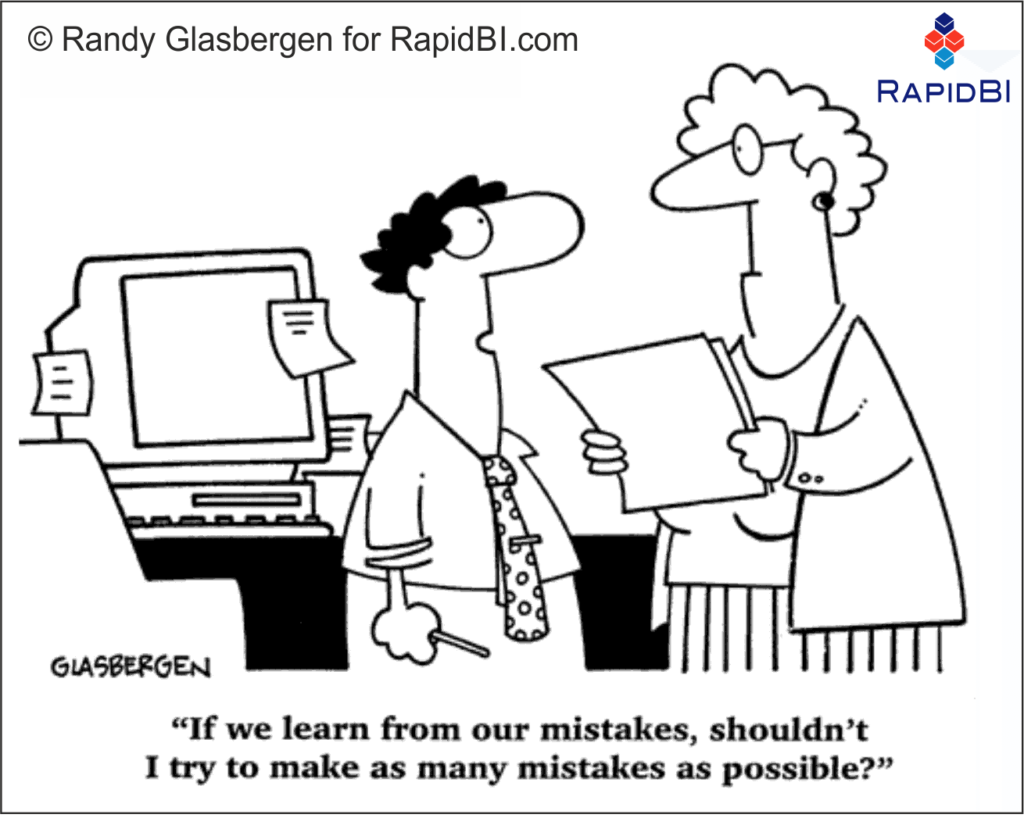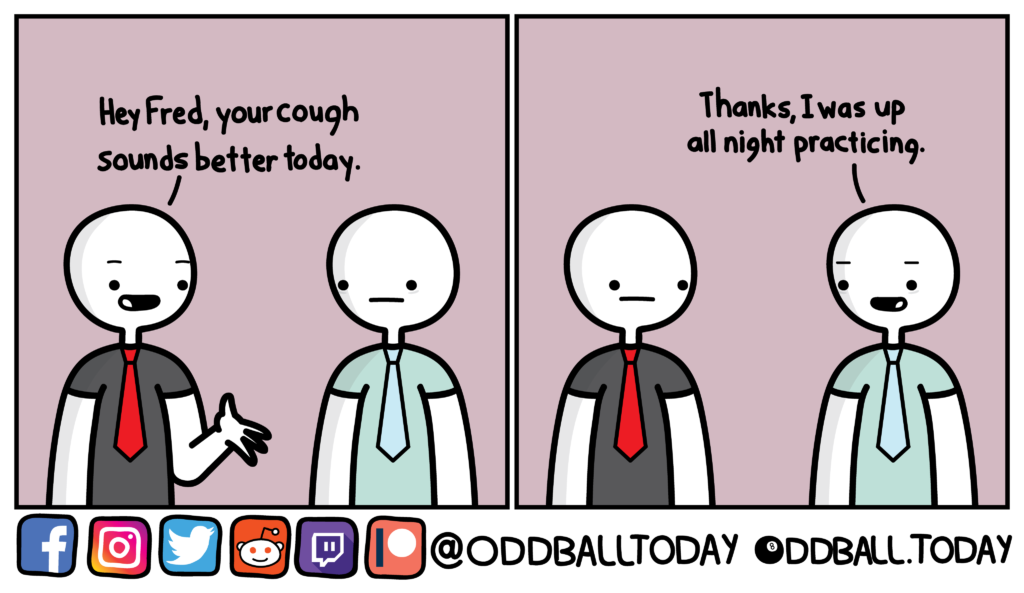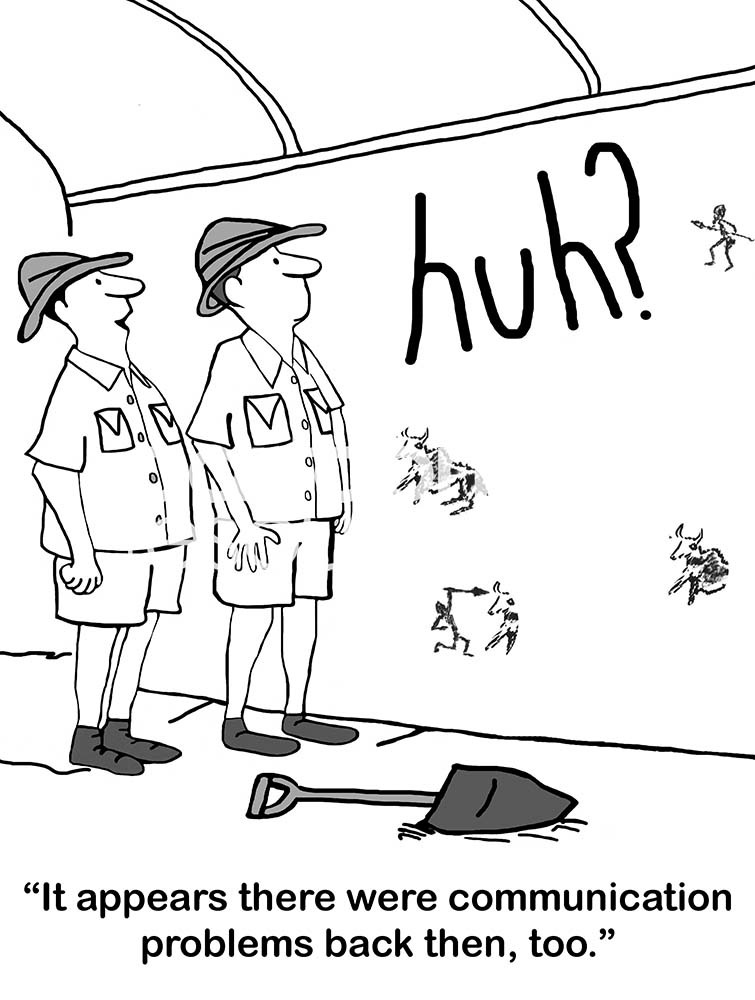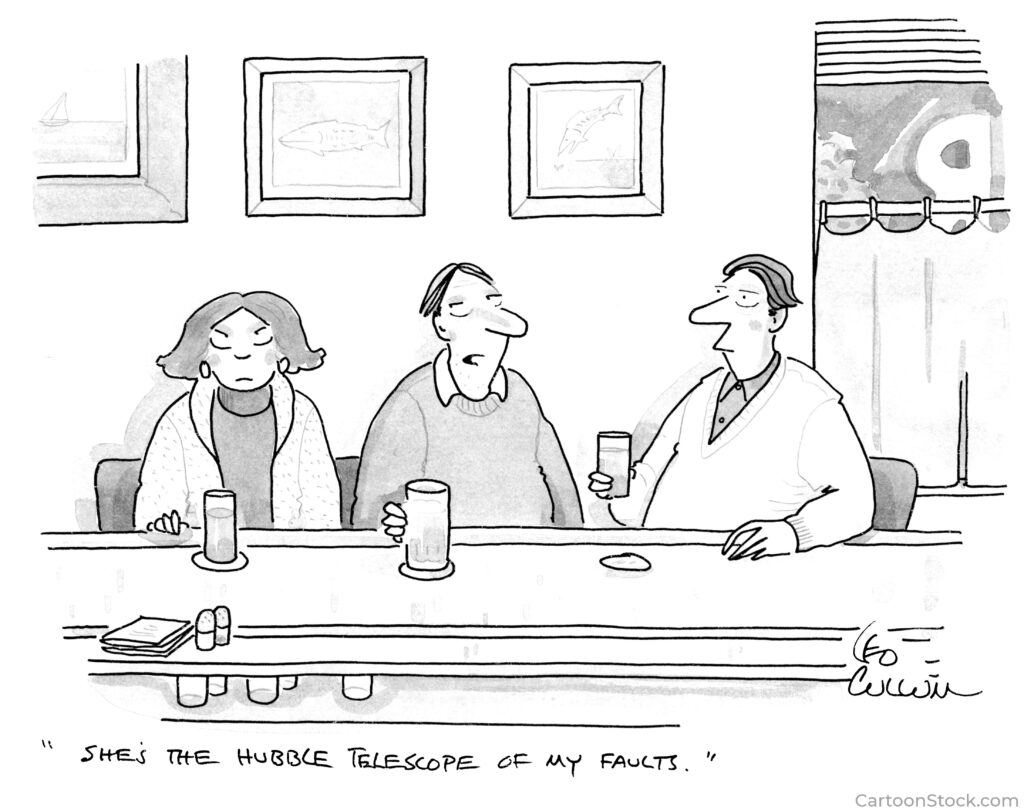
We all recognize the value of learning from our own mistakes, but Eleanor’s statement suggests a broader perspective from which to learn.
When was the last time you learned from the mistakes of others?
-
-
- Today’s politicians are teaching me that extreme, blind loyalty is often unwise and ill-advised.
- A friend of mine hired someone without properly vetting him. His new employee is not working out.
- I attended a workshop at which the speaker’s computer didn’t interface with the room’s projector. She had not tested the technology before her presentation.
-
To broaden the scope of this issue, realize that we can learn from the mistakes of every person who has ever lived. History is a great tutor.
-
-
- King Pyrrhus of Epirus (319–272 BC) taught me to avoid Pyrrhic victories (a success that comes with great losses or unacceptable costs).
- Samsung CEO Lee Kun-Hee taught me the value of insisting on robust dialogue among my team members at work. (He lost his company billions of dollars by pursuing a personal project that everyone knew was doomed to failure; but he didn’t ask his team’s opinion.)
- Ernest Shackleton taught me to never put the well-being of my team in jeopardy because of a personal goal.
-
So remember, it’s good to learn from your own mistakes; it’s better to learn from the mistakes of others.
Respond to this post and tell us when you last learned from someone else’s mistake.





